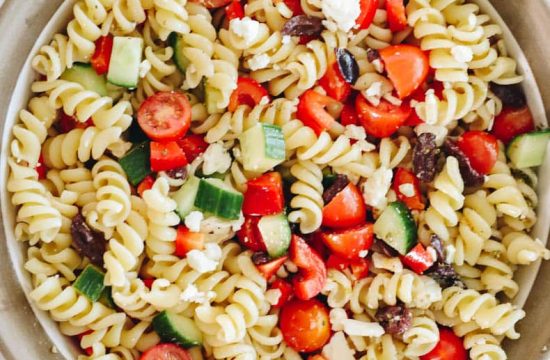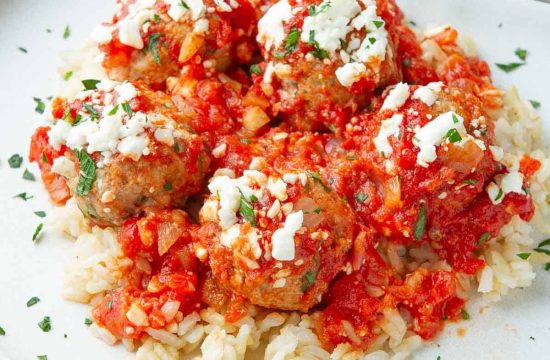Article by Dr Raghuram Y.S. MD (Ay) & Dr Manasa, B.A.M.S
What is cold intolerance? Things to know about,
Cold intolerance is defined as a set of symptoms including pain, tingling, numbness, chills, weakness, stiffness, swelling or changes in skin colour occurring on exposure to cold.
Cold intolerance manifests as an extreme sensitivity to cold temperatures and is not an illness. It manifests as a symptom of various underlying health conditions. It often indicates an imbalance or dysfunction within the body linked closely to the factors such as thyroid regulation, hypothalamic function and blood circulation.
Cold intolerance accompanies a wide range of disorders. They include anaemia, hypothyroidism, anorexia nervosa and fibromyalgia to name a few. This condition is also experienced by persons with chronic health issues or minimal body fat.
People with cold intolerance find discomfort towards cold temperatures while others in and around are comfortable or warm. Identifying and addressing the underlying health conditions / concerns is the mainstay of tackling cold intolerance.
Related Reading – ‘Cold Intolerance’
Cold Intolerance: Ayurveda Understanding
Let us discuss Ayurveda understanding of cold intolerance from the point of view of what causes this condition from outside as well as inside of the body.
Extrinsic factors for cold intolerance
Cold climate and seasons are the main causes for cold intolerance, if they are on the higher side of extremes. This may not happen with everyone since the tolerance levels differ from person to person, be it towards cold or heat. The person who has cold intolerance may feel even a mild increase of coldness is extremely intolerable while the others around are extremely comfortable with it.
Cold intolerance may be a response of the body to variations occurring in the visarga kala – winter solstice. Visarga Kala comprises three seasons which are predominant in cold. They are Varsha Ritu – monsoon / rainy season, Sharad Rtu – autumn season and Hemanta Rtu – early winter.
Varsha Rtu is the season for aggravation of vata. Vata too is cold in nature. Obviously there may be cold intolerance in this season. The same impact will be in Hemanta Rtu wherein there is accumulation of kapha, and consequent accumulation of coldness in the body. In hemanta rtu there will be a decrease in pitta too. This will deplete the body’s normal and natural heat. Consumption of vata and kapha aggravating foods and activities in seasons favouring their increase may add up to abnormal increase of these doshas leading to manifestation of cold intolerance.
Similarly, Vasanta Rtu – spring season which falls in the middle of Adana Kala – summer solstice, is the season of aggravation of kapha. Cold intolerance can also manifest as an exaggerated response of the body to this season.
Regular consumption of cold foods and exposure to cold or working in cold and damp conditions for long time periods may make one increasingly intolerant to the cold.
Habituated consumption of vata and kapha aggravating foods and lifestyle activities for longer duration are also the extrinsic factors which can contribute towards cold intolerance.
Intrinsic factors for cold intolerance
The doshas, mainly vata and kapha, which are basically cold in nature are the intrinsic factors for cold intolerance.
According to Ayurveda, excessive coldness in the body is mainly due to abnormal increase or aggravation of vata, or kapha or both. Both these doshas of the body are cold in nature while the other dosha i.e. pitta is hot in nature.
Increases in vata or kapha can build up cold in the body and when it hits extremes, they may cause cold intolerance. When there is cold intolerance, it also reflects that there is depletion of pitta and its subtypes in the body. Fire and pitta have a close bonding. Fire naturally resides in the pitta and in a state of balance, it helps in maintaining and regulating heat in the body.
Excessive coldness in the body is also caused by the diseases caused by these morbid kapha, vata or both. These diseases when not treated properly or when the doshas are not controlled in time may lead to cold intolerance.
This increased coldness in vata or kapha disorders will be associated with symptoms of those diseases. These symptoms include pain and dryness due to vata or heaviness and swelling due to kapha.
Likewise, agnimandya – decrease in digestive fire / strength and or formation of ama can produce cold intolerance. Improper or inadequate digestion of food due to sluggishness of the digestive fire will cause production of ama. Ama has qualities of kapha. It is an intermediate product of digestion. When it is absorbed as such and put into circulation, it would not only get associated with the doshas but would also contaminate the tissues and excreta. Being sticky in nature it tends to cause blocks and clogs in the body. Ama, when present all over the body, will further deplete the central and peripheral digestive fires. On its long stay without being eliminated from the body or not being dealt with, will build up cold in the body. In due course of time, it can give rise to cold intolerance. Ama would cause painful conditions, inflammation, heaviness, tiredness and fatigue in the body.
The seasons, foods and activities which aggravate kapha and vata and produce related symptoms are direct causes for cold intolerance apart from the natural increase of the doshas beyond the level of auto-pacification.
Ayurveda Treatment Principles for Cold Intolerance
Nidana Parivarjana – First of all, the golden principle of preventing or curing all diseases should be followed here too. The main causative factors of cold intolerance, be it intrinsic or extrinsic should be identified and isolated (kept away). This will help in halting the progression of pathology which is causing cold intolerance, to get relief from the symptoms of the same and also to prevent the symptoms from coming back. The extrinsic factors ultimately imbalances the doshas and cause diseases. Therefore, the body should not be exposed to these factors.
Specific management of doshas – This includes balancing vata and kapha, whichever dosha is aggravated or treating vataja or kaphaja diseases promptly.
The other remedies include –
– Using hot comforts, foods and medicines – ushnakamitva i.e., desire for hot foods and comforts is one of the symptoms of abnormal vata increase in the body
– Treating pitta and rakta kshaya – pathological decrease of pitta and rakta – blood (in which pitta is located) since both contribute towards heat of the body
– Properly following the seasonal regimen of varsha rtu – monsoon or rainy season, hemanta rtu – cold season, winter and Vasanta rtu – spring season
– Addressing agnimandya and treating / expelling ama or mala from the body
– Administering Vamana – therapeutic emesis for expelling from the body the morbid kapha
– Administering Vasti – to bring vata to a state of balance
– Vyadhi Pratyanika – treating those diseases promptly which are causing cold intolerance















